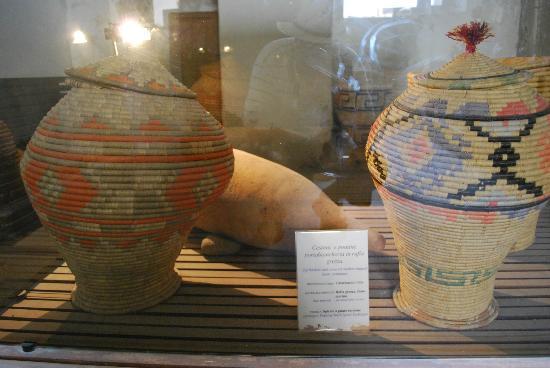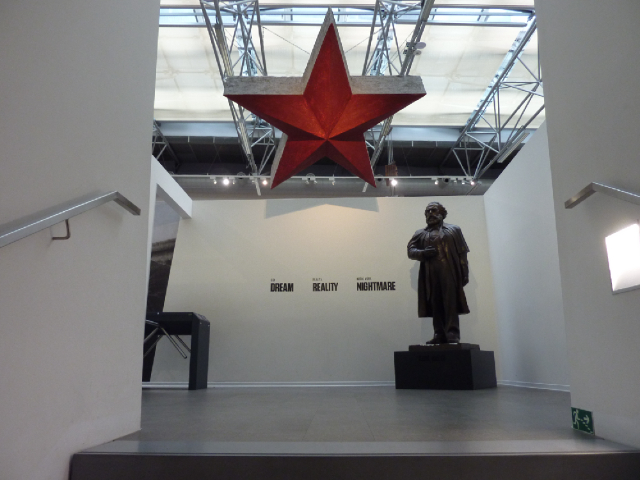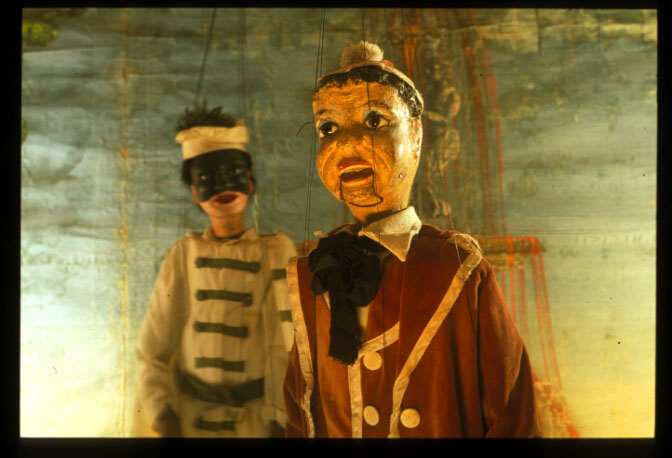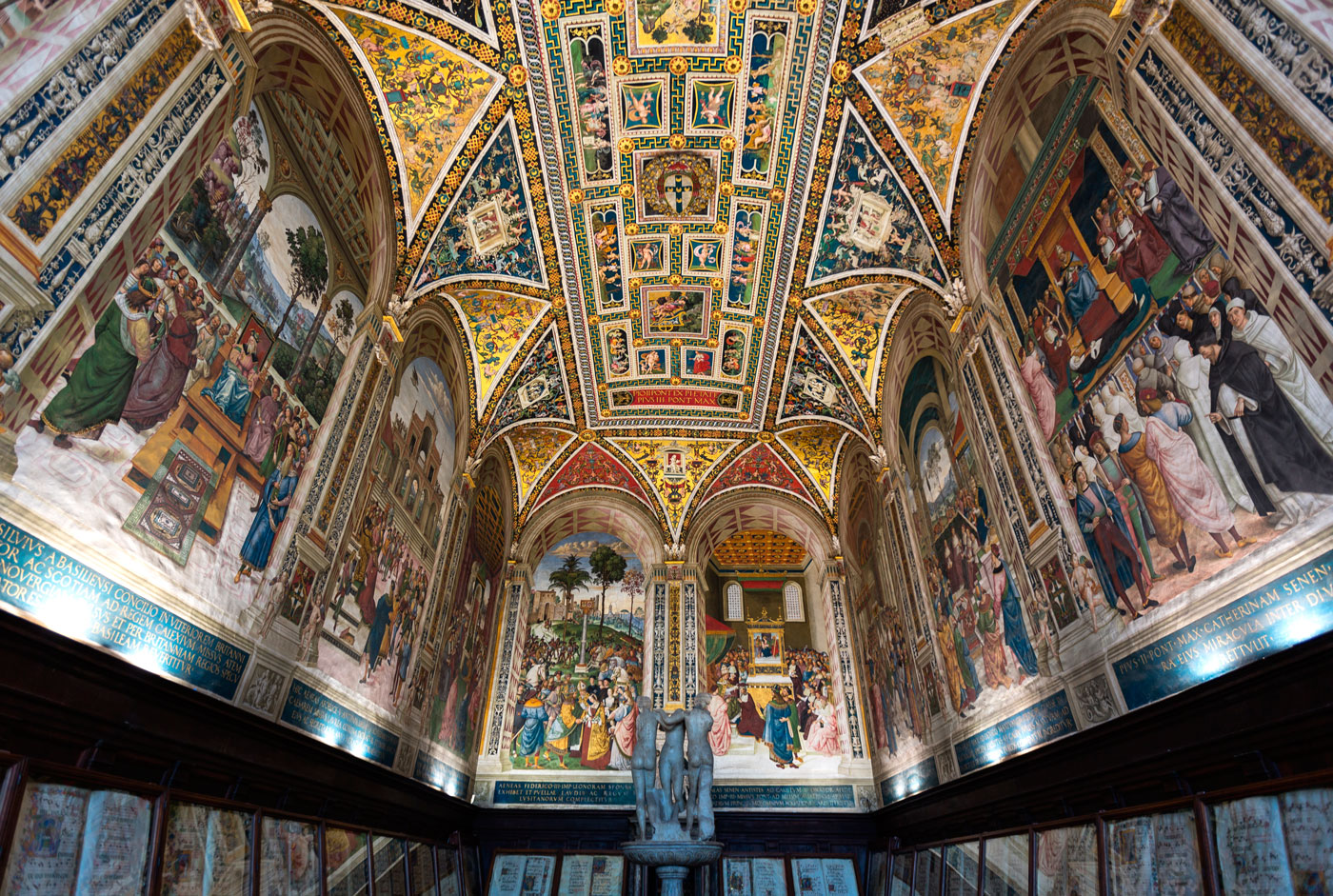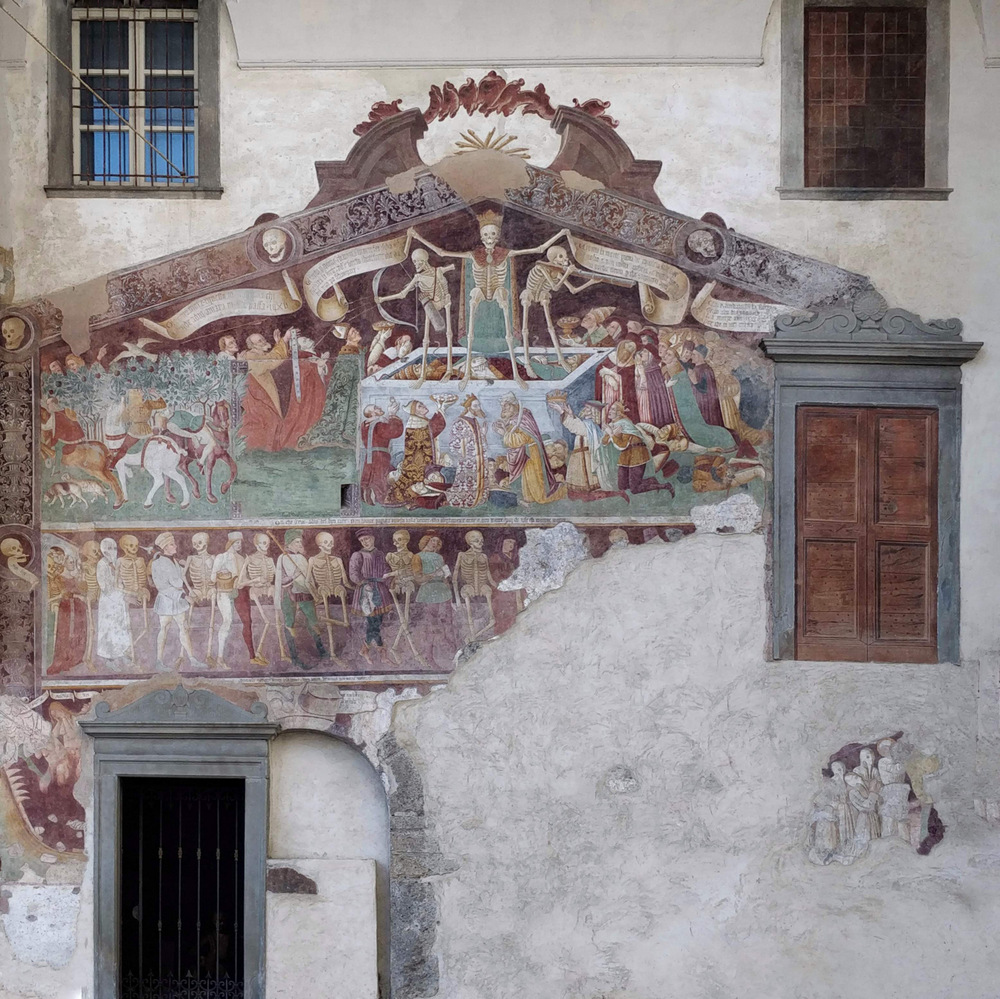The museum is based in Castelsardo in a striking 12th-century military fortress, erected by the Doria family as a strategic stronghold of the Genoese defense system on the island.
The museum collection, dedicated to handicrafts made by weaving plant fibers from the entire Mediterranean area, is configured as a true documentation center.
The itinerary is divided into nine rooms spread over two floors. On the lower floor are located the rooms mainly dedicated to processing techniques, while on the upper floor are the rooms dedicated to the areas of use.
On display in the museum are mainly splendid pieces of Castelsardo’s prized basketry, such as corbules, baskets, sieves and sieves. Particular space is also reserved for artifacts made by weaving plant fibers from Sardinia itself and used for the uses of daily life, the preservation of agricultural products, small-scale farming, fishing and trade up to the magical-religious sphere, with objects and furnishings of particular interest.
Highlights include the restoration of the medieval sentinel walkway, which connected the castle with the ancient convent of San Martino, and the reuse of the drawbridge after the restoration of the Manganella Bastions.
The museum is unique because of the vastness of the exhibition, the uniqueness of the museum tour that takes place inside the fortress, and the splendid panoramic view from the ramparts.
A highlight of the collection is "su fassoi," a boat made by weaving lake rushes with marsh hay and reed nails, used by fishermen from the ponds of Cabras and Santa Giusta.
